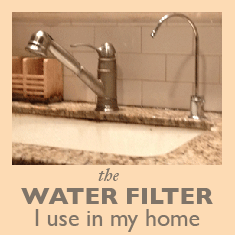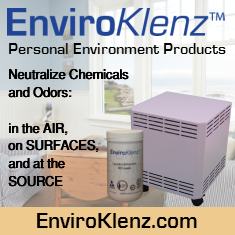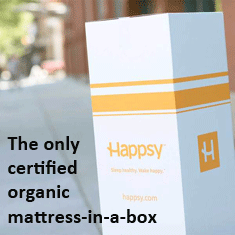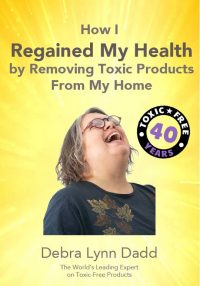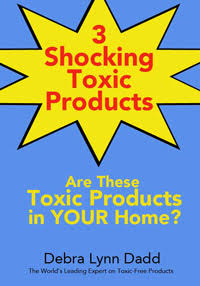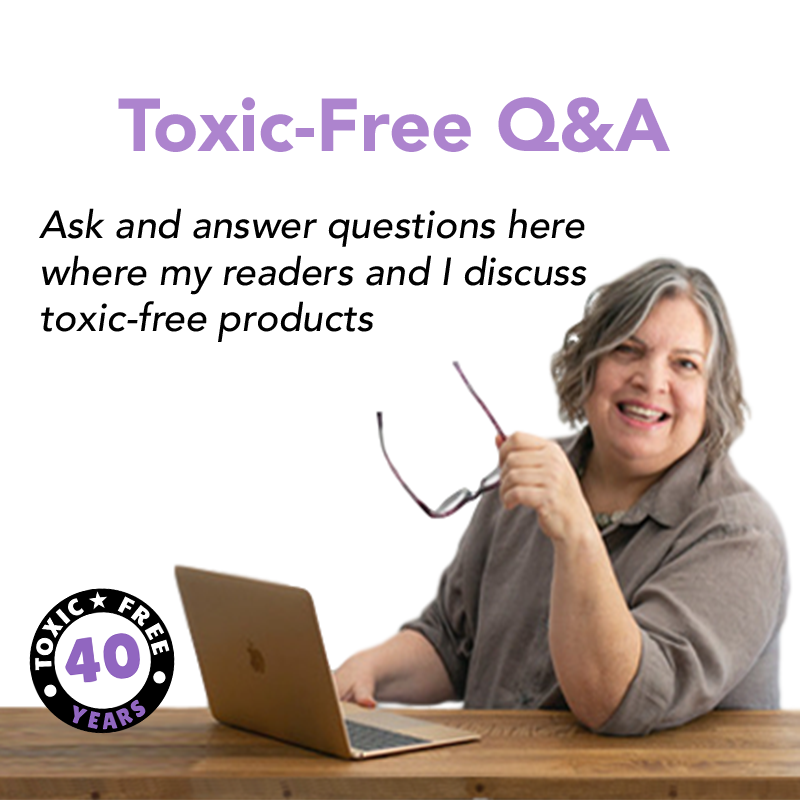
Submitted questions will be posted with my response by the following Tuesday or before.
Submitted comments will be moderated and approved within 24 hours.
Particle/Press Board: Will it fully out gas and become safe?
Question from wt
hi,
we’re remodeling my house, and my husband put some “sound board” on the studs under the dry wall to help with sound reduction. this “sound board” smells HORRIFFIC! it seems very similar to particle/press board. we’re hoping that placing the dry wall over it, would essentially seal it, so the smell/toxicity cannot come out. however, not sure if that theory will work. or, are considering getting rid of the sound board all together.
if, in fact, this sound board is similar in composition to press board/particle board….do these types of materials EVENTUALLY FULLY OUTGAS? or is this something that does not, and needs to be ‘sealed’ with some sort of sealant?
knowing the answer to that question, would help us to determine how to proceed with this project.
and real quick, on the topic of press board: if i have a press board dresser from ikea…will this eventually outgas? (I’ve had these drawers for about 3-4 years..and my it still stinks!) my clothes left in it, wreak of the formaldehyde (ick!). since i wear primarily 100% cotton, are my natural fabrics absorbing the formaldehyde from the drawers??!! :O
would appreciate your thoughts..
Debra’s Answer
First, “particleboard” and “pressboard” are two different things.
Particleboard is made of wood shavings held together with a formaldehyde-based resin that outgasses. You can see the wood shavings throughout the board on both the flat side and the cut side and it has an odor–strong when new.
Pressboard is made from smaller wood fibers that are held together by a process using pressure and steam. It is a thin, brown board, with one smooth side and one textured side. It comes in a solid sheet and perforated with holes to make “peg board”. Pressboard is completely odor-free and I consider it to be a nontoxic product.
It sounds like what you have installed is particleboard, or a similar product.
Formaldehyde offgasses from particleboard until there is no more formaldehyde to offgas. It is very intense when the particleboard is new and decreases over time. I read that the half life of formaldehyde in particleboard is three to six years, but can still contribute to indoor air pollution 12 to 24 years after installation (Spectrum–Newsletter of the Society Promoting Environmental Conservation, Vol 26, No. 1). This seems reasonable to me. How long any given installation takes to full outgas depends on the conditions. More heat will make it outgas faster.
There is a product which can be applied to particleboard to block fumes, made by AFM Enterprises. I used this product many years ago with success, when I purchased a table that I thought was solid wood, which actually contained one piece of particleboard about 1′ x 3′ one inch thick. I applied the vapor barrier finish and was able to use the table with no problem.
Mercury Thermometers and Your Family’s Health
I want to pass along to you a pamphlet I just found called “Mercury Thermometers and Your Family’s Health”.
I knew that mercury is a dangerous chemical, but didn’t really understand how hazardous a broken thermometer can be, how to properly dispose of a mercury thermometer, or that non-mercury thermometers are available (I actually have a digital thermometer, but didn’t buy it as a mercury alternative). All this is covered in this easy-to-read pamphlet.


